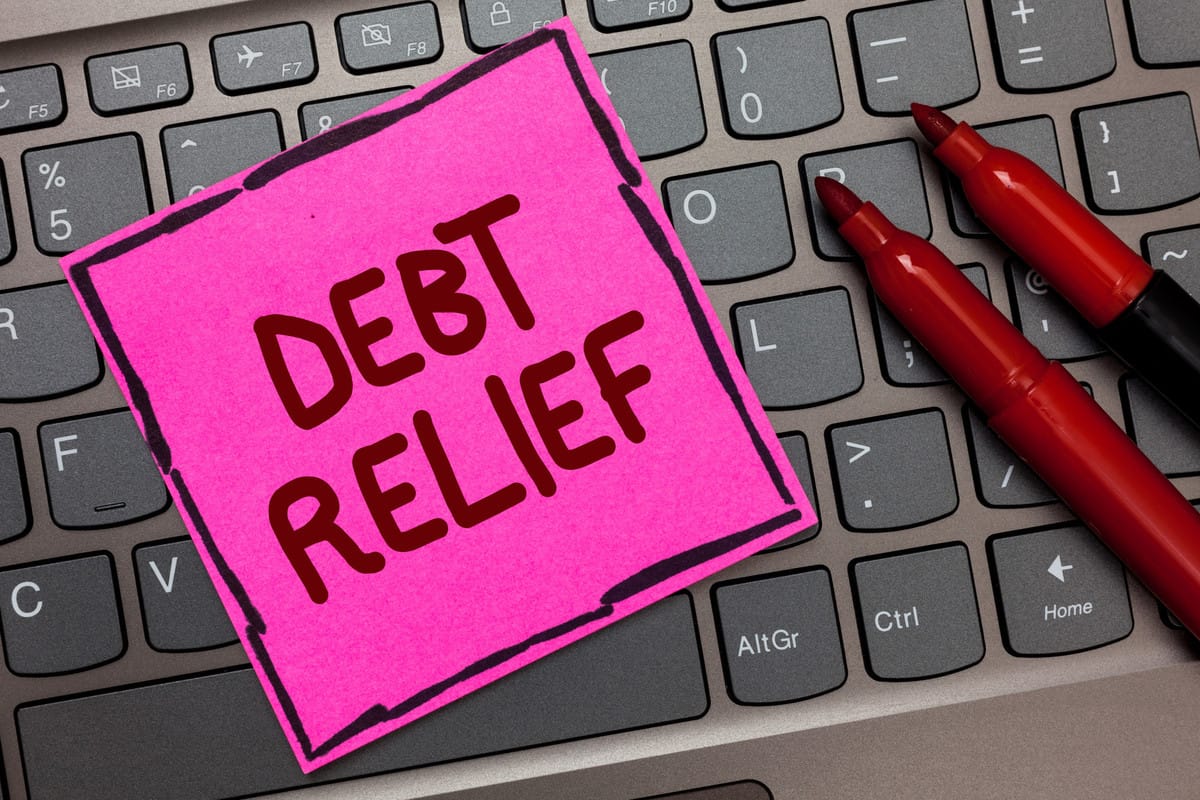When you’re drowning in credit card debt, it’s hard to see a way out. Minimum monthly payments go mostly toward interest; you might be disheartened by how long it’ll take to wipe out your unsecured debt. For some consumers weighed down by debt, bankruptcy seems like the only option.
“It’s always better to pay off your debts as opposed to filing for bankruptcy because of the considerable impact it can have on your personal and professional life,” says James Lambridis, CEO of Debt MD, an online platform that connects consumers with professional debt consolidation help.
Still, consumer bankruptcy might be the best option in select cases — as long as it’s used appropriately.
Bankruptcy
Steps for declaring bankruptcy
The bottom line: Is bankruptcy the right choice?
Pros of filing for bankruptcy
“Bankruptcy provides considerable relief for anybody overwhelmed with unsustainable levels of debt,” says attorney David Reischer, CEO of LegalAdvice.com.
In general, if your debt is so large that there’s no hope of ever getting around it, bankruptcy can help give you debt relief and move toward improving your finances. Some of the advantages, according to Lambridis and Reischer, include:
- Putting a stop to harassing phone calls: Filing for bankruptcy protection prevents debt collectors from hounding you (and sometimes your family members).
- Rebuilding your credit: It takes time, but once you wind your way through the bankruptcy process, you can start making positive changes to your credit, including better financial decisions.
- Protecting your assets: If you’re in the midst of foreclosure proceedings or some other asset seizure, filing bankruptcy halts that action, giving you a chance to work things out.
Cons of filing for bankruptcy
Your financial situation won’t suddenly be perfect if you file bankruptcy. Lambridis points out that a bankruptcy can remain on your credit report for seven to 10 years, dragging down your credit score for a long time. In general, if you don’t think you’ll be able to erase your debt problems within seven years, you should consider bankruptcy.
Keep these factors in mind if you’re looking into bankruptcy:
- Time-consuming process: It can take several weeks — or even months — to wrap up proceedings in bankruptcy court. You’ll need to provide a lot of documentation about your financial situation, as well as filing fees.
- Difficulty getting loans afterward: The effect on your credit could lead to a hard time getting loans, credit cards or even housing after a judge has finalized your personal bankruptcy.
- Public record: A bankruptcy is public record, so it’s easy for others to find that information. When you apply for a job, for instance, a future employer might be able to see that you declared bankruptcy.

Types of bankruptcy
Two main types of bankruptcy are available to individuals: Chapter 7 and Chapter 13.
“Chapter 7 is commonly referred to as a liquidation bankruptcy,” Reischer says. “In this type, most of the assets are liquidated, with exceptions like a house, to pay off creditors.”
Once you complete Chapter 7, you’re done. Your debt is discharged and you get a fresh start, allowing you to begin working on rebuilding credit as soon as possible. However, it’s harder to prove that you should qualify for Chapter 7 bankruptcy, and a judge might end up rejecting your Chapter 7 request.
On the other hand, Chapter 13 bankruptcy is easier to complete.
“This type is often called reorganization bankruptcy,” Reischer says. “You reorganize your debt obligations and make a repayment plan.”
While you keep most of your property in a Chapter 13 case, keeping up with debt repayments can be difficult, depending on your financial situation. Speaking with the judge about your income and other financial obligations is critical to setting up an affordable payment plan.
Cost of bankruptcy
Nothing in life is free, and that’s true of bankruptcy.
“Filing for bankruptcy can cost you over $1,000 in attorney’s and court fees,” Lambridis says. “It can be expensive.”
In fact, depending on the situation, the type of bankruptcy and your location, it could cost $2,500 — or more — to get through a bankruptcy proceeding. However, Reischer points out, if you can discharge a portion of your debt, or restructure your debt in a way that’s more manageable, the costs associated with bankruptcy might be worth it.
Steps for declaring bankruptcy
Whether you file for Chapter 7 or Chapter 13 bankruptcy, you’re likely to follow these steps:
- Complete a credit counseling course.
- File a petition for bankruptcy.
- Work with a court-appointed trustee on your case.
- Meet with creditors.
- Attend court hearings.
- Submit documentation, such as proof of income.
- Complete terms of your bankruptcy, including a financial management course.
Depending on the circumstances in your bankruptcy case, you might need to submit a repayment plan (Chapter 13) or prove your eligibility for bankruptcy filing (Chapter 7).
“A person really should hire a qualified bankruptcy attorney,” Reischer says. “An experienced attorney is better able to navigate the process, especially in a complicated situation.”
Is bankruptcy the right choice?
A number of tools can help consumers manage debt without turning to bankruptcy. Lambridis suggests looking into debt management and credit counseling programs first before deciding on bankruptcy.
Bankruptcy “should be viewed as the last resort,” Lambridis says.

